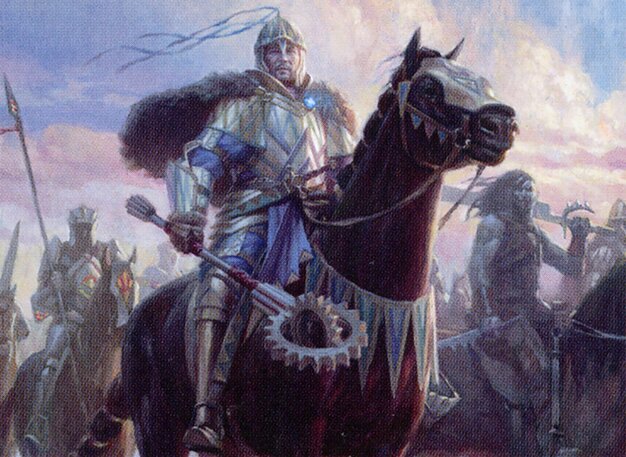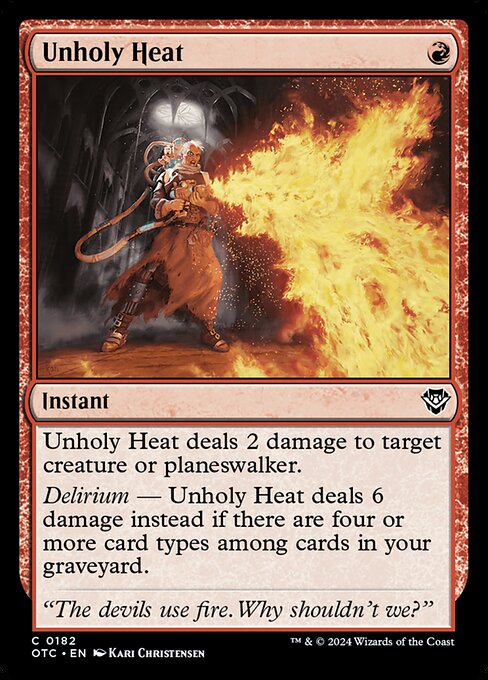Deck & Commander Strategies

Lord Windgrace
Leverages landfall triggers to generate value, card draw, and ramp, aiming to dominate the board by repeatedly playing lands and triggering powerful effects.

Osgir, the Reconstructor
Focuses on casting and copying artifact creatures to build a wide board presence, using haste and token generation to maintain pressure and grind out a win.

Shanid, Sleepers' Scourge
Utilizes legendary synergies to draw cards and enhance creatures, capitalizing on casting legendary spells and lands to outvalue opponents.

Meren of Clan Nel Toth
Uses a sacrifice and recursion engine to repeatedly bring back creatures from the graveyard, gaining experience counters to cheat out bigger threats and maintain board control.
Gameplay Insights
- 1
Meren's experience counters and sacrifice triggers provided consistent value and recursion, allowing repeated pressure despite creature losses.
- 2
Lord Windgrace's ultimate ability to discard and replay lands accelerated his landfall triggers, generating overwhelming card advantage and board presence.
- 3
Osgir's ability to copy artifact creatures and grant haste created a tempo advantage, enabling surprise attacks and quick board development.
- 4
Shanid's focus on legendary synergies rewarded playing legendary spells and lands, drawing extra cards and enhancing board state steadily.
- 5
Players balanced aggression with caution, often choosing to bounce or block rather than outright kill to avoid overcommitting and triggering opponents' synergies.
Notable Cards
-

Lord Windgrace
-

Osgir, the Reconstructor
-

Shanid, Sleepers' Scourge
-

Meren of Clan Nel Toth
-

Rampaging Baloths
-

Unholy Heat
Gameplay Summary
The game featured four players piloting distinct decks with unique strategies: Lord Windgrace focusing on landfall triggers, Osgir aiming to copy artifact creatures, Shanid leveraging legendary synergies, and Meren utilizing graveyard recursion through sacrifice.
Early turns were relatively slow, with players setting up their mana bases and deploying key creatures.
Meren established a steady engine by sacrificing creatures to gain experience counters and recurring threats from the graveyard, while Lord Windgrace ramped into landfall payoffs and card draw.
Shanid provided card advantage by casting legendary spells and triggering draws, and Osgir began creating token copies of artifact creatures, adding board presence and pressure. The turning point came when Lord Windgrace started aggressively using his ultimate to discard and replay lands, amassing value and leaving him vulnerable but threatening with powerful landfall effects.
Meren kept pressure through incremental value from recurring creatures and experience counters, maintaining board control.
Osgir used his ability to copy creatures and activate haste to keep the tempo.
Combat exchanges centered around minimizing damage while triggering synergistic abilities, with players wary of overextending.
Ultimately, Lord Windgrace's landfall engine and card advantage proved pivotal, but the interaction between Meren's recursion and Osgir's artifact token generation created dynamic board states.
The game highlighted the importance of resource management and timing of big plays in a multiplayer Commander setting.












![Dargo/Tymna vs Varina vs Meren vs Lord Windgrace [EDH/Commander, Magic The Gathering] Gameplay 2020 thumbnail](https://i.ytimg.com/vi/ZwjElIK5gxA/sddefault.jpg)


![Commander VS: Meren vs Kaalia vs Derevi vs Freyalise [Commander Anthology] thumbnail](https://i.ytimg.com/vi/Qx6Xp6fw7sU/sddefault.jpg)
![Commander VS S3E5: Meren vs Ezuri vs Daxos vs Mizzix [MTG: Multiplayer] thumbnail](https://i.ytimg.com/vi/loGTYPhi5mA/sddefault.jpg)
![Commander Vs Special: Meren vs Mizzix vs Ezuri vs Daxos [MTG: Multiplayer] thumbnail](https://i.ytimg.com/vi/7hdwKwKQk8s/sddefault.jpg)






![Commander VS S14E5: Lord Windgrace VS Saheeli VS Aminatou VS Estrid [EDH] thumbnail](https://i.ytimg.com/vi/JC-3BaczJhU/sddefault.jpg)






















